Calcific Tendonitis
In this condition deposits of calcium form in the tendons about the shoulder. It usually occurs in persons 30 years to 40 years of age. Its cause is unknown. It is not related to diet but may be associated with a traumatic event such as a fall or diabetes.
In this condition deposits of calcium form in the tendons about the shoulder. It usually occurs in persons 30 years to 40 years of age. Its cause is unknown. It is not related to diet but may be associated with a traumatic event such as a fall or diabetes.
Symptoms vary in severity. The condition may be completely painless. However more commonly, the pain can be acute and intense. Limited active movement is only possible when this occurs. This will usually settle down with ice, immobilisation and analgesia within 72 hours. Sometimes the pain is so severe that an injection with hydrocortisone or arthroscopy may be required.
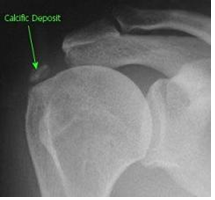 |
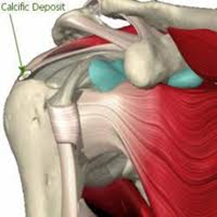 |
The calcium may cause impingement in the shoulder, whereby the calcium catches on the acromion bone when elevating the arm. In more chronic cases, treatment involves serial cortisone injections and physiotherapy. Acute symptoms usually settle after 3-6 weeks but complete resolution may take many months.
When symptoms persist and remain intolerable, patients may require surgery to excise the calcific deposit. This can be carried out arthroscopically. This may need to be combined with repair of the rotator cuff. You will be in hospital overnight and wear a sling for a few weeks. Physiotherapy is required for up to 6 months and shoulder movements may take many months to return. The Calcium can reform in about 10 percent of patients.
Summary
Calcium usually disappears with time.
The acute phase may be very painful but is treatable.
Physiotherapy is important to stop the stiffness.
Complete resolution of symptoms may take 6 to 12 months.
If symptoms are severe or resolution slow, surgery may be required.

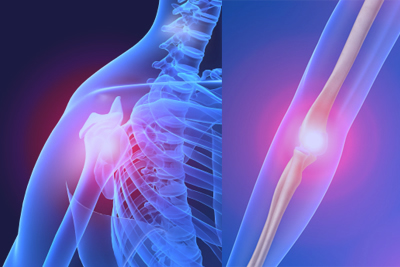

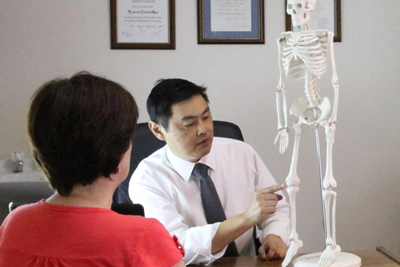
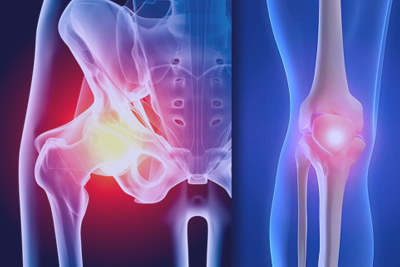
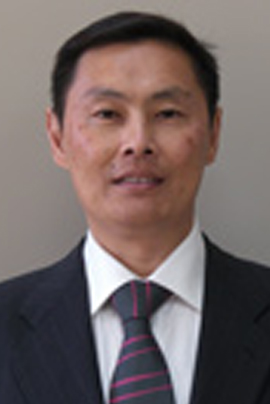 Dr. Leonard kuo
Dr. Leonard kuo